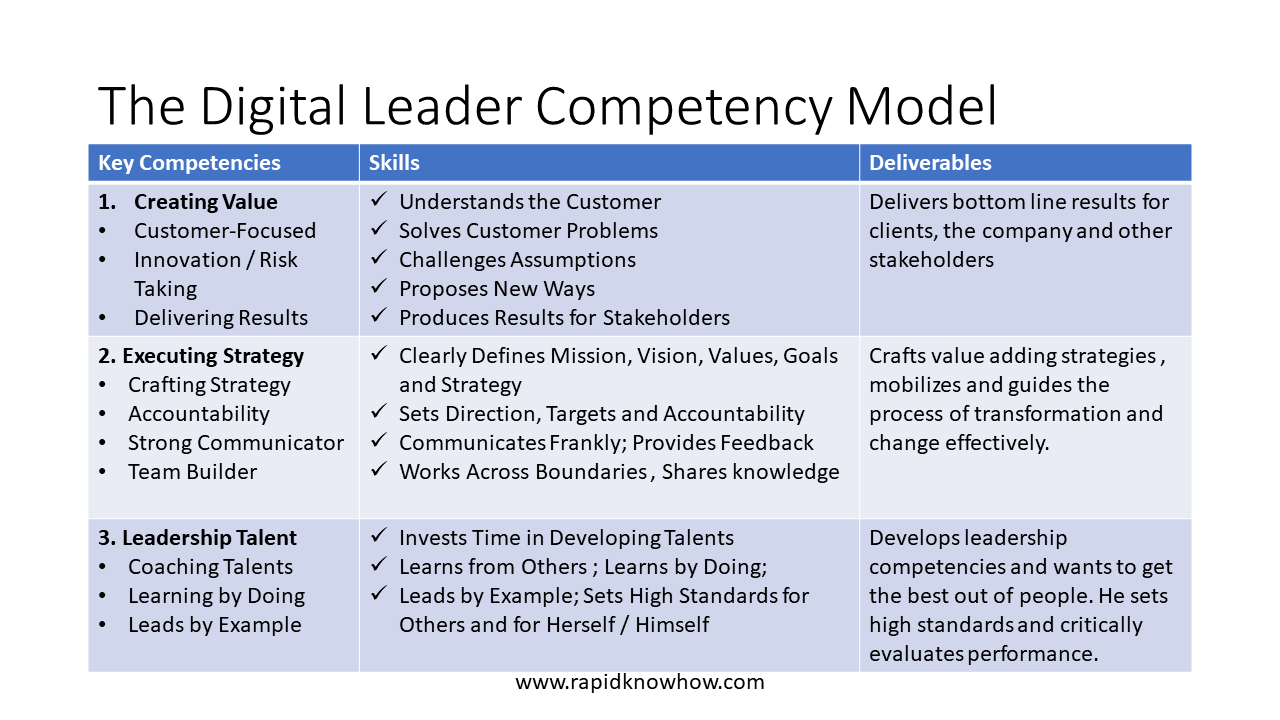In the digital age, the world has witnessed a seismic shift in how businesses operate. The advent of technology has not only revolutionized business processes but also significantly impacted leadership styles and strategies. This narrative explores the concept of unlocking leadership in the digital age and delves into how organizations can establish effective leadership selection and development.
The digital age, characterized by rapid technological advancements, has necessitated a new breed of leaders. These leaders are expected to be agile, innovative, and digitally savvy. They must possess the ability to navigate through the complexities of the digital landscape while fostering a culture of innovation and inclusivity.
Unlocking leadership in the digital age requires a keen understanding of the evolving dynamics of the digital world. It demands leaders who are not just technologically adept but also possess a deep understanding of their organization’s vision, mission, and strategic objectives. They should be able to leverage technology to drive business growth while ensuring that their teams are aligned with the organization’s goals.
Establishing leadership selection in the digital age is a critical task that requires careful planning and execution. Organizations need to identify potential leaders who exhibit a blend of technical skills and soft skills. These individuals should demonstrate proficiency in using digital tools and platforms, data analysis, and strategic decision-making. Additionally, they should possess strong communication skills, emotional intelligence, and an ability to inspire and motivate their teams.
The selection process should involve rigorous assessments to gauge candidates’ technical competencies and leadership potential. Organizations can leverage technology to streamline this process. For instance, they can use AI-powered tools for initial screening or virtual reality for immersive assessment experiences.
Once potential leaders are identified, organizations need to focus on their development. Leadership development in the digital age should be an ongoing process that equips leaders with the skills needed to thrive in a rapidly changing environment.
Organizations can leverage various digital platforms for leadership development. Online learning platforms offer a plethora of courses on various aspects of digital leadership. Leaders can learn at their own pace and convenience, making these platforms an effective tool for leadership development.
Moreover, organizations should encourage leaders to participate in networking events and industry forums where they can interact with other industry leaders and gain insights into best practices. They should also provide opportunities for leaders to work on cross-functional projects that expose them to different aspects of the business.
Mentorship programs can also play a crucial role in leadership development. Experienced leaders within the organization can mentor potential leaders, providing them with guidance and feedback on their performance.
In conclusion, unlocking leadership in the digital age requires organizations to rethink their approach towards leadership selection and development. They need to identify potential leaders who possess both technical skills and soft skills and invest in their continuous development through online learning platforms, networking events, cross-functional projects, and mentorship programs.
By doing so, organizations can ensure that they have a pool of competent leaders who are well-equipped to navigate through the complexities of the digital age while driving business growth and fostering a culture of innovation and inclusivity.
